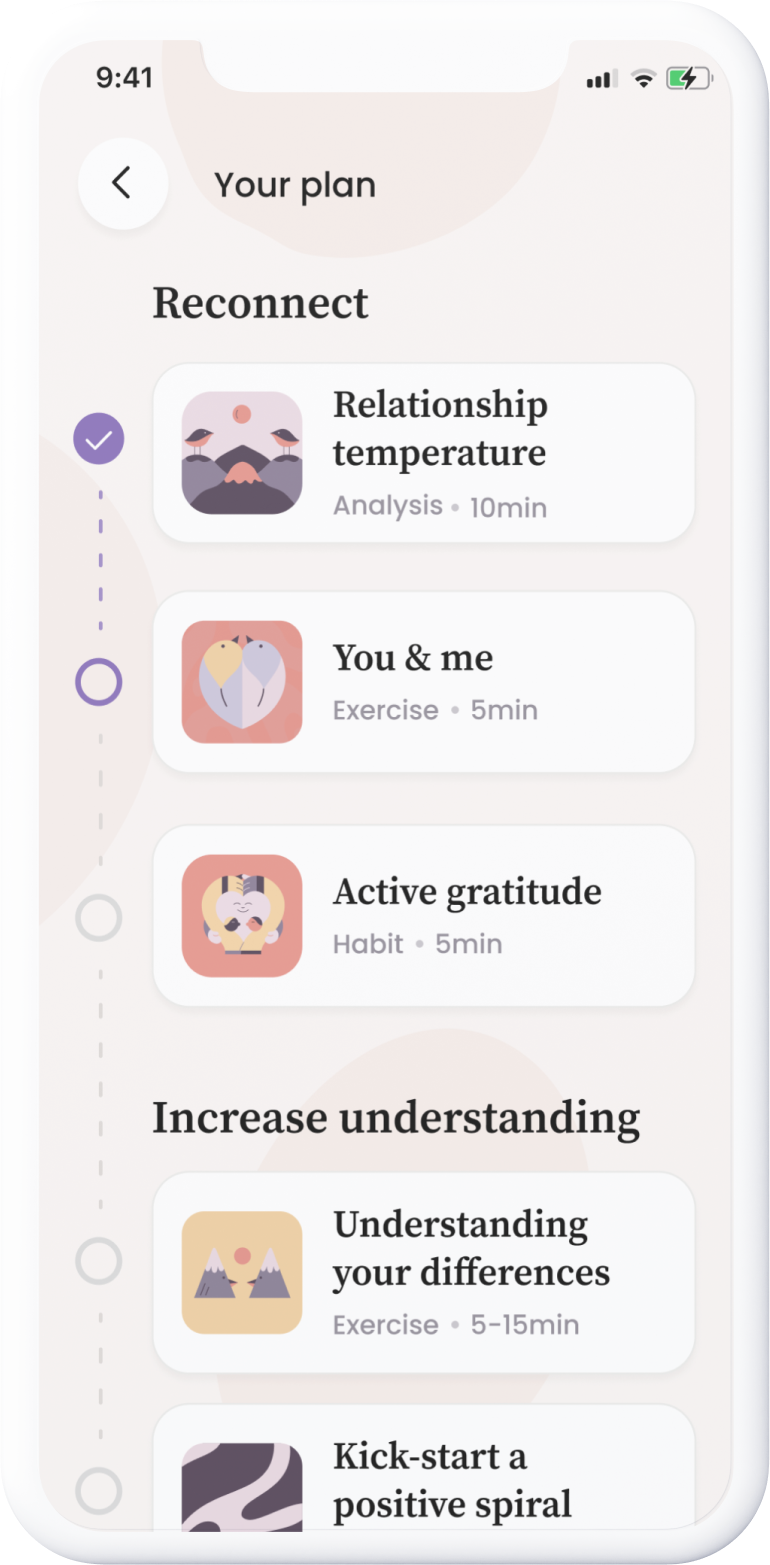
Attraction, desire for each other, and having sex are, for most people, key aspects of a happy, strong, and romantic relationship. In the beginning of a relationship, it's usually more obvious that desire and attraction are present, as they often contribute to why we fell for each other.
In a long-term relationship, we often want both the security of our partner, who is our best friend in life, and at the same time, a wonderful and fulfilling sex life. But it's common for the sex and desire towards each other to ebb and flow throughout the relationship.
Increase your sexual desire
Does desire or pleasure come first for you? We often have an idea that sex and desire is something that arises spontaneously. For some, it certainly does, but for most of us, the sex and desire works differently in long-term relationships.
This is often described as spontaneous versus responsive sexual desire. Unlike spontaneous desire, responsive desire means that desire comes to life when we experience things that give us pleasure. It could be our partner gently caressing us or simply lying naked together in bed. The more moments of pleasure we experience, the more desire is created.
Learn more about sex and desire, explore what accelerates and brakes desire for you. Read more about the differences between spontaneous and responsive desire. Klick here.
Sex and desire in long-term relationships
One person who has researched on the topic of sexual desire in long-term relationships is the Belgian-American psychotherapist Esther Perel. Her theories on sex and desire in long-term relationships focus on the balance between security and excitement. In her studies, she points out that long-term relationships often develop a strong sense of security, but this can diminish sexual desire.
To maintain passion, her advice is for couples to prioritise intimacy, openly communicate about sexual needs, and create space for novelty and excitement. By maintaining a balance between security and excitement, couples can prolong sexual attraction over time and create more satisfying intimacy.
The accelerator and brake of sex and desire
Another successful person in the field of sex and desire is Emily Nagoski, sexologist and author of the book "Come as You Are." She introduced the concept of "the accelerator and brake of desire" to explain how our sexual desire works. According to her theory, sexual desire functions like a car with an accelerator and a brake. The accelerator represents what increases our desire, such as eroticism, fantasies, and intimacy, while the brake represents factors that can decrease our desire, such as stress, fatigue, and worry.
To experience sexual desire to its fullest potential, it's important to understand and manage both the accelerator and brake. This means reducing the obstacles posed by the brake and actively increasing what presses on the accelerator. By creating an environment that minimises stress and promotes intimacy and communication, you can increase the chances of experiencing and enjoying sex and desire in a more satisfying way. Emily Nagoski's research primarily focuses on women's sexual desire, which you can read more about below.
Read more about women's desire and sex drive, and how you can increase it. Klick here.
For those wishing their partner had more sex drive
Do you have sex and desire more easily than your partner? It's common to feel that you have more desire for sex than your partner. It's also easy to fall into negative patterns. Perhaps you recognize that the more you want, the less your partner seems to want? Follow our tips to break the negative cycle with the differences in sex and desire.
Read more about when you and your partner are different in your sexual desire.








